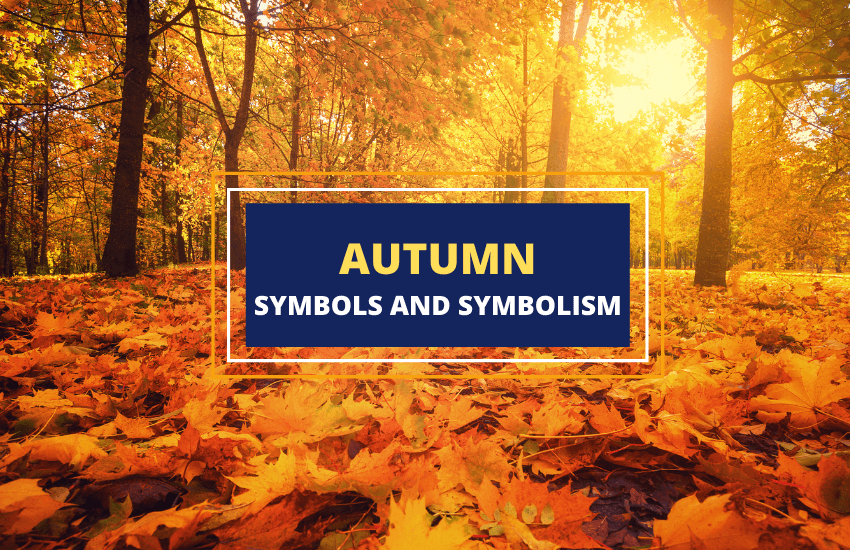
Table of Contents
Season of mists and mellow fruitfulness.... This is how the poet John Keats spoke about autumn. What is it about autumn that makes one want to wax poetic? Simply put, autumn is the time when farmers gather their crops and gardens start to fade. It’s marked by the autumnal equinox, a day when daylight equals nighttime, and both find balance.
As we approach winter, autumn is often seen as the beginning of the end. This gives it a sense of impending gloom, a sadness in the air, and a reminder that all things will eventually come to an end. Here’s what autumn represents as well as the symbols that are used to signify autumn.
Symbolism of Autumn
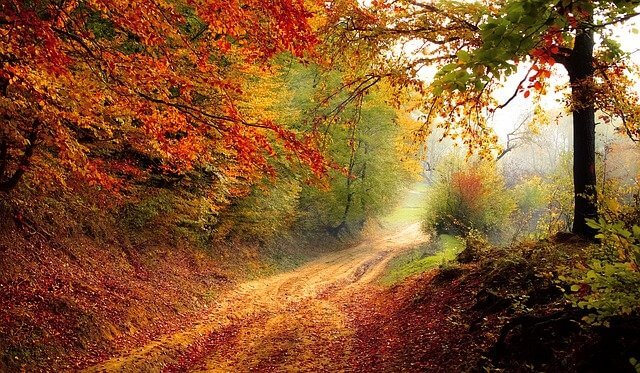
Being the season when the weather starts to cool, animals stock for hibernation, and people start to bundle up, autumn has a range of meanings and symbolism. Some of these symbolic meanings of autumn include maturity, change, preservation, abundance, wealth, reconnection, balance, and sickness.
- Maturity: During autumn, crops and plants come to maturity. This is the time farmers harvest their already mature produce. When talking about humans, the term autumn of life represents “a time of full maturity, especially the late stages of full maturity or, sometimes, the early stages of decline“.
- Change: Autumn can be a time of unwanted change. It reminds us that winter is around the corner and that we must prepare to embrace the oncoming change. In some works of literature, such as Robin Wasserman’s “Girls on Fire”, autumn is depicted as being haunted by death. This melancholic representation does not serve to threaten us but rather to teach us that change is good and inevitable.
- Preservation: During autumn, animals stock up on food that they will be using while in hibernation throughout winter. In the same way, humans also store their harvests and retreat indoors due to the changing weather.
- Abundance and Wealth: Autumn is a time of abundant harvests. Crops planted in spring are ready and stores are full. Similarly, it is during this time that animals have an abundance of food in their hibernation dens.
- Reconnection: Summer, the season preceding autumn, is when people and animals alike go in search of adventure. In autumn, however, they go back to their roots, reconnect with their families and loved ones and together they work to harvest and store enough for winter.
- Balance: During this season, hours of the day and hours of the night are equal. You could, therefore, say that the days of autumn are balanced, representing balance, harmony, and a sense of moderation.
- Sickness: This autumnal representation derives from the nature of plants and weather during the autumn season. The fall season is characterized by strong, cold winds which bring with them sickness. It is also a time when plants wither and the once vibrant colors of spring and summer turn to hues of red, brown, and yellow.
Symbols of Autumn
Autumn is represented by several symbols, most of which are associated with harvests, abundance, fertility, and the natural landscape. Here are some of the most significant.
1. Germanic Symbol of Autumn
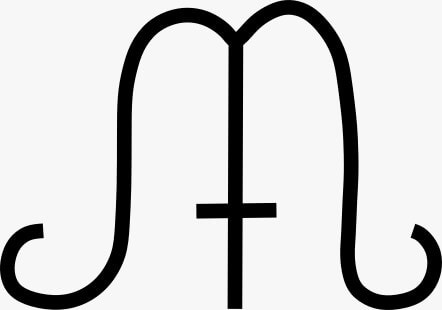
This is an ancient Germanic symbol that was often used in clog almanacs. The symbol’s representation of autumn is twofold. Firstly, the downward-facing cross in the middle is an indicator of life and crops going back to rest for the winter. Secondly, the characteristic m resembles the astrological sign Scorpio, which is prevalent from late October to late November, which lies in the Northern hemisphere autumn period.
2. Earth-Toned Leaves
Autumn is characterized by red, orange, and yellow leaves on trees, signalling the end of their lives. Nature is awash in these colors, which give autumn a distinct warmth and beauty.
3. Cornucopia
Cornucopias, also known as the Horn of Plenty, is an ancient Roman symbol. It features a large horn, full of farm produce, grains, and bread. It represents abundance, fertility, and sustenance.
4. Pumpkins
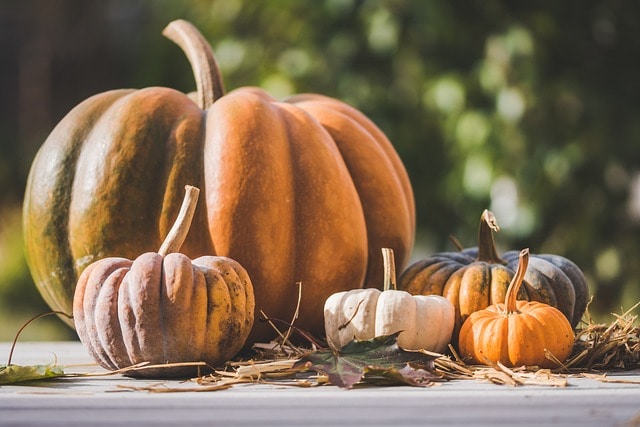
A vegetable representing abundance, prosperity, and good fortune, the symbolism of pumpkins align perfectly with autumn. What’s more, pumpkins are the perfect color to match the leaves during autumn, and they’re also a staple object used at Halloween – an autumnal festivity.
5. Harvesting
Harvesting crops is a symbol of autumn, because this is when crops are gathered and stored for the cold months ahead. This represents the abundance and preservation that comes with autumn.
6. Scarecrows
During autumn, when crops are ripe, scarecrows can be a common sight, set up to scare away the birds attracted to all the produce. These human-like figures represent hard work, ingenuity, guardianship, and protection.
7. Candles
Candles are often used for autumn rituals and celebrations. They symbolize hope, optimism, positivity, inspiration, and warmth.
Folklore and Festivities of Autumn
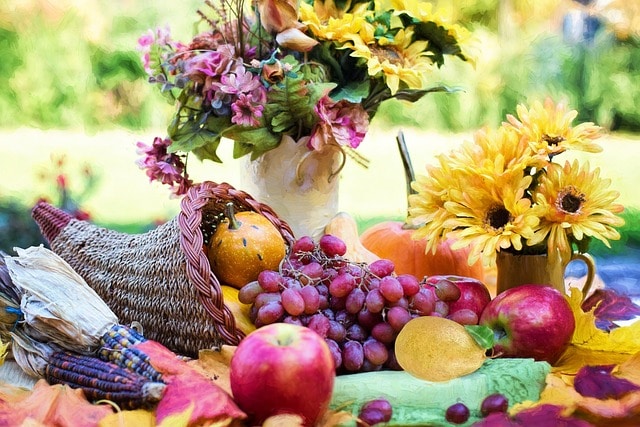
Being a season that contains both abundance and solemnity, there are many myths, legends, and festivities about autumn over the years.
Greek Mythology
According to Greek mythology, Persephone, the daughter of Demeter, returns to the underworld during the September equinox every year. During the time that Persephone is in the underworld, Demeter, the goddess of agriculture and harvest, is so sad that she deprives the earth of crops until spring when her daughter returns to her.
Roman Mythology
The Romans honored the harvest festival in a celebration known as Cerelia. This festival dedicated to Ceres the goddess of corn was marked with offerings of pigs and first fruits of harvest, music, parades, games, sports, and a thanksgiving feast. This Roman festival follows a story similar to the Greek origin of seasons, with Persephone being known as Cerelia, Demeter being known as Ceres, and Hades being known as Pluto.
Asian Cultures
The Chinese and the Vietnamese associate the full moon of the equinox with a good harvest. This association began during the Shang Dynasty, a time when they harvested rice and wheat in plenty to the extent that they began making offerings to the moon in a festival they term as Harvest Moon Festival. To this day, the harvest moon is still celebrated. These festivities are characterized by the gathering of families and friends, the making and releasing of lanterns in the streets, and the consumption of round pastries known as moon cakes.
Japanese Buddhists
The Buddhists of Japan return to their ancestral homes every spring and fall to celebrate their ancestors in a festival called “Higan”. Higan means “From the other Shore of Sanzu River”. Crossing this mystical Buddhist river is believed to represent crossing into the afterlife.
Thanksgiving
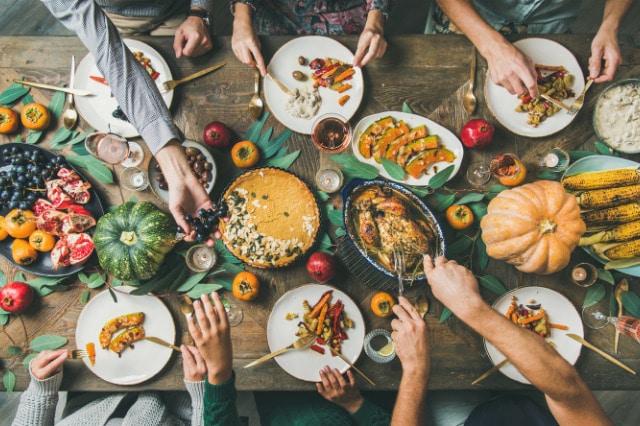
The British held and still hold harvest festivals on the Sunday nearest to the harvest moon in fall. This festival was later taken to America by the earliest English settlers and was adopted as the Thanksgiving holiday, which is celebrated in November. It’s a time to give thanks for the harvests and for God’s providence.
French Tradition
During the French Revolution of the 1700s, the French, in a bid to rid themselves of religious and royalist calendar influence, initiated a calendar that paid respect to the seasons of the year. This calendar which started at the midnight of the autumnal equinox and had each month named after a naturally occurring element would later be abolished by Napoleon Bonaparte in 1806.
Welsh Tradition
The Welsh celebrated the autumnal equinox in a feast called Mabon. Mabon according to Welsh mythology, was the son of the goddess earth mother. This festival was characterized by the offering of apples and grapes, and the performance of rituals meant to bring balance to life. To this day, there are still factions who celebrate Mabon.
Jewish Festival
The Jews celebrate Sukkoth, the harvest festival, in two celebrations, namely Hag ha Succot, which means “Feast of the Tabernacle”, and Hag ha Asif, which means “Feast of Gathering”. This festival is characterized by the building of temporary huts resembling those built by Moses and the Israelites in the wilderness, hanging of grapes, apples, corn, and pomegranates in the huts, and feasting inside those huts under the evening sky.
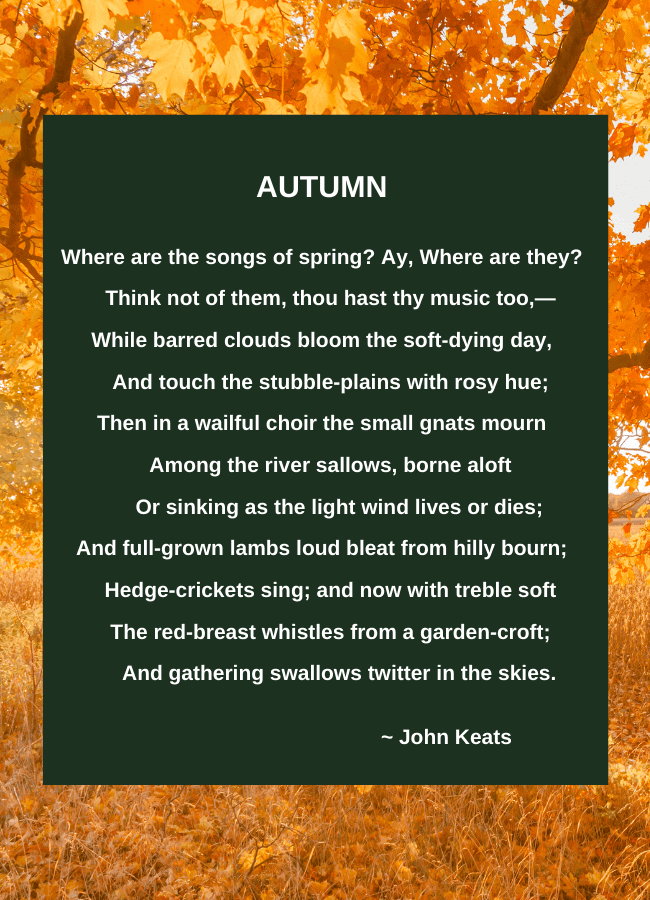
Wrapping Up
The period of transition from the festivities and adventures of summer to the cold of winter, Autumn holds both positive and negative connotations. While it symbolizes wealth, abundance, and plenty, it also signals the end and unwanted change.
Related articles
Spring: Powerful Symbols and Symbolism of the Season
Powerful Symbols and Symbolism of Summer
Winter Symbols and Symbolism to Celebrate the Cold Season
The Origin of Thanksgiving – A Brief History








